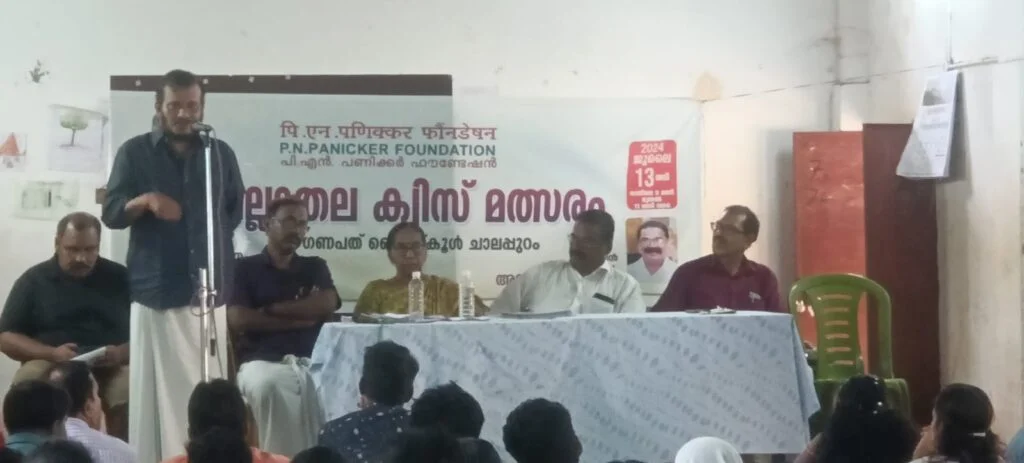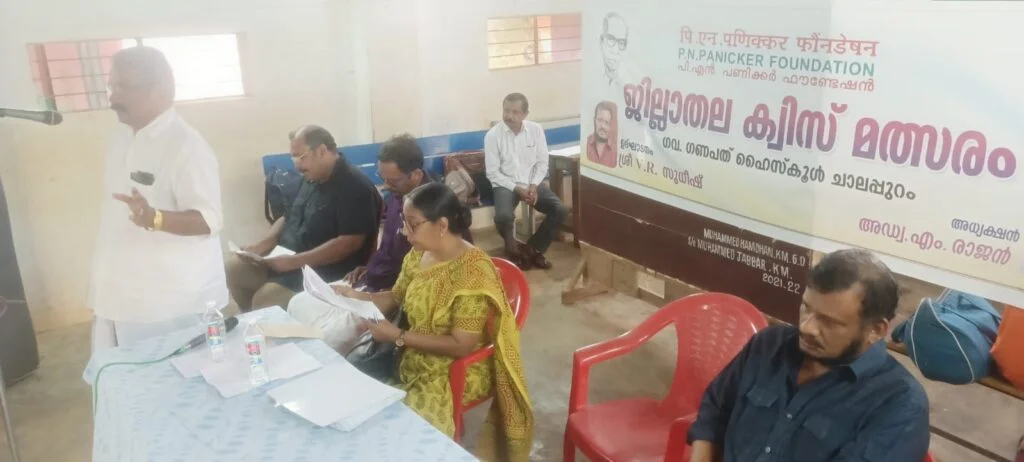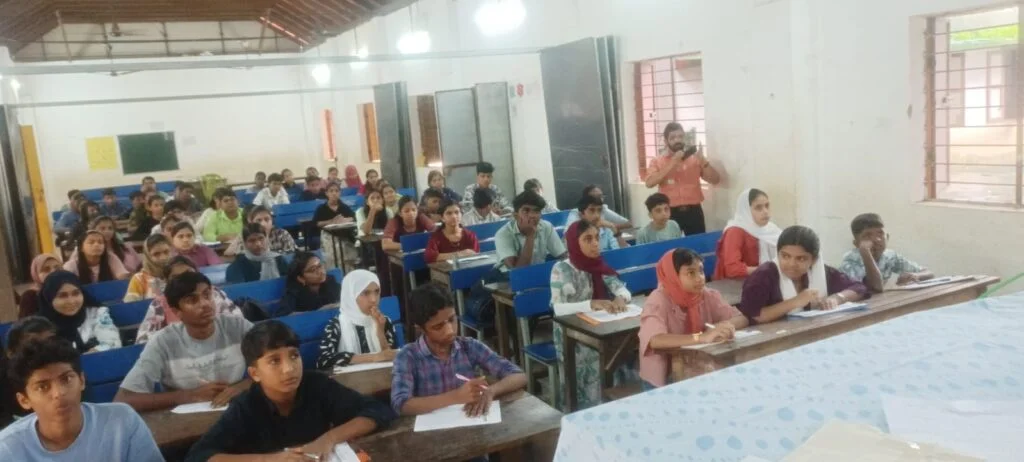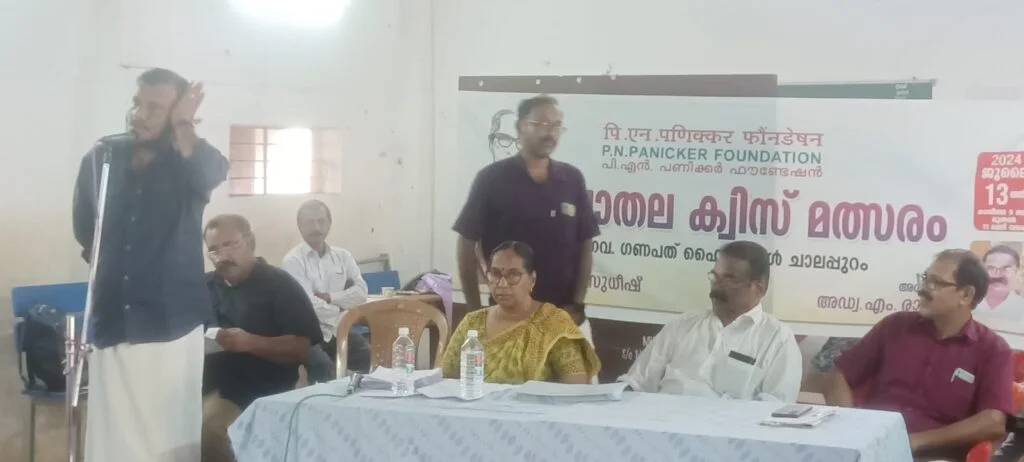Teaching Hygiene Practices in Schools and Panchayats
Healthy communities begin with informed individuals practicing good hygiene every day.
Good hygiene is fundamental to public health and overall well-being. Yet, in many rural and semi-urban areas, awareness of basic hygiene practices remains limited, contributing to preventable illnesses, absenteeism in schools, and reduced productivity. Teaching proper hygiene to children, teachers, and local communities ensures that knowledge is passed down and integrated into daily life, creating a healthier, safer environment for everyone.
Hygiene education at the grassroots level plays a vital role in preventing diseases, promoting wellness, and fostering responsible habits. Schools and local governance bodies such as panchayats serve as ideal platforms for implementing awareness programs. When children, parents, teachers, and community members work together, they form the foundation of a hygienic and healthy society.
Why Hygiene Education Matters
Hygiene awareness is critical because it helps prevent the spread of infections and promotes better health outcomes. Key areas of focus include:
- Handwashing: Proper handwashing with soap can reduce the risk of diarrheal diseases and respiratory infections by nearly 50%.
- Oral Hygiene: Maintaining oral cleanliness improves nutrition, reduces dental problems, and prevents infections.
- Sanitation Practices: Proper toilet usage, safe disposal of waste, and maintenance of clean public spaces prevent vector-borne diseases.
- Safe Drinking Water: Combining hygiene practices with safe water ensures households avoid waterborne illnesses.
- Personal Hygiene: Regular bathing, nail care, and clean clothing help build self-esteem and prevent skin infections.
By embedding these practices into the school curriculum and community programs, children and adults alike can develop habits that benefit the entire society.
Key Components of Hygiene Awareness Programs
1. School-Based Hygiene Education
Schools are primary platforms for instilling hygiene habits in children. Effective programs can include:
- Interactive Workshops: Demonstrations on handwashing, tooth brushing, and nail care.
- Educational Materials: Posters, flashcards, and videos to visually reinforce hygiene practices.
- Practical Activities: Role-playing, quizzes, and competitions to engage students actively.
- Distribution of Hygiene Kits: Providing soap, sanitizers, towels, and oral care items to students.
These activities not only teach children proper practices but also empower them to share knowledge with families and peers, creating a ripple effect in the community.
2. Community Engagement and Panchayat Collaboration
Local governance bodies, such as panchayats, play a critical role in spreading hygiene awareness across communities. Key initiatives can include:
- Cleanliness Drives: Organizing regular campaigns to clean public spaces, schools, and community centers.
- Volunteer Training: Equipping local volunteers to monitor hygiene practices and lead awareness campaigns.
- Resource Provision: Installing handwashing stations, sanitation facilities, and safe drinking water points.
- Community Workshops: Educating adults on safe food handling, waste management, and water storage practices.
Such programs empower local leaders and community members to take ownership of health and sanitation initiatives, ensuring sustainability.
3. Awareness Campaigns
Public campaigns are essential for reaching a wider audience. Effective strategies include:
- Street Plays and Demonstrations: Culturally relevant performances that communicate key hygiene messages.
- Poster and Pamphlet Distribution: Providing simple, visual guides to proper hygiene practices.
- Local Media Engagement: Using radio, social media, and community newsletters to reinforce hygiene awareness.
- Parent-Teacher Engagement: Ensuring that families are informed and involved in maintaining hygiene standards at home and school.
Through these efforts, communities become active participants in promoting health and hygiene.
Challenges and Practical Solutions
Challenges in Hygiene Awareness:
- Limited access to sanitation facilities in schools and villages.
- Traditional habits that may delay the adoption of hygienic practices.
- Inconsistent availability of clean water or hygiene resources.
- Low awareness among adults who influence children’s habits.
Practical Solutions:
- Implement low-cost handwashing stations in schools and public areas.
- Use peer-to-peer education to engage students and community members.
- Encourage behavioral nudges, such as reminders near toilets and washing areas.
- Collaborate with local NGOs, health workers, and panchayats to maintain consistency.
- Monitor impact regularly through simple surveys and observation.
Step-by-Step Hygiene Checklist for Schools and Communities
- Conduct daily handwashing sessions in schools.
- Ensure clean drinking water availability at schools and community centers.
- Promote proper toilet usage and waste disposal.
- Distribute hygiene kits to students and families.
- Encourage children to share hygiene practices at home.
- Organize monthly cleanliness and sanitation drives.
- Monitor absenteeism and illness trends to assess program effectiveness.
Implementing these steps creates measurable improvements in community health and overall hygiene standards.
The Role of NGOs in Hygiene Awareness
Organizations and NGOs play a pivotal role in supplementing government efforts by:
- Conducting training programs for students, teachers, and volunteers.
- Providing resources such as soaps, sanitizers, and hygiene educational materials.
- Monitoring behavior change through surveys and field visits.
- Collaborating with local authorities to scale initiatives effectively.
By working at the grassroots level, these organizations ensure that hygiene awareness translates into long-lasting, practical impact.
Impact of Hygiene Education Programs
Well-executed hygiene awareness programs result in:
- Reduced incidence of diarrheal and infectious diseases.
- Improved school attendance and student performance.
- Increased community participation in sanitation and cleanliness initiatives.
- Long-term adoption of hygiene practices at home and public spaces.
Evidence from similar programs in rural India shows a 30–50% reduction in waterborne and hygiene-related illnesses when schools and communities actively participate in hygiene initiatives.
Conclusion
Creating awareness about hygiene practices in schools and panchayats is not just about reducing disease; it is about building empowered, informed communities. By combining education, practical guidance, and community engagement, schools and local governance bodies can foster sustainable hygiene habits.
Grassroots initiatives, supported by organizations, volunteers, and local leaders, ensure that hygiene knowledge becomes a part of daily life, promoting health, dignity, and well-being for all community members. Through persistent efforts, a culture of cleanliness and hygiene can take root, creating healthier, more resilient communities.





